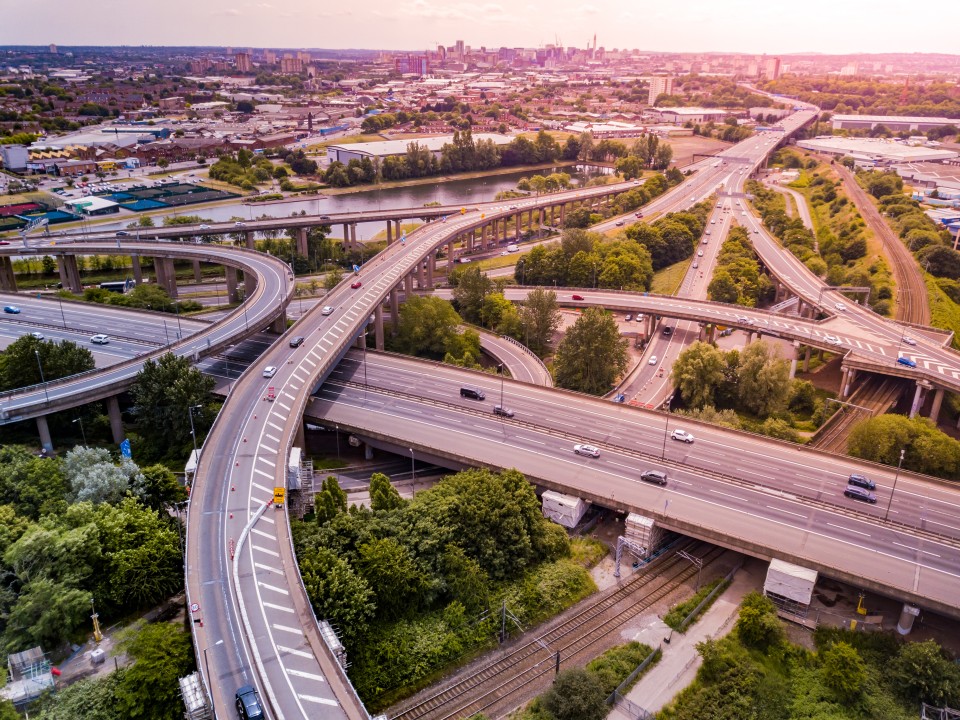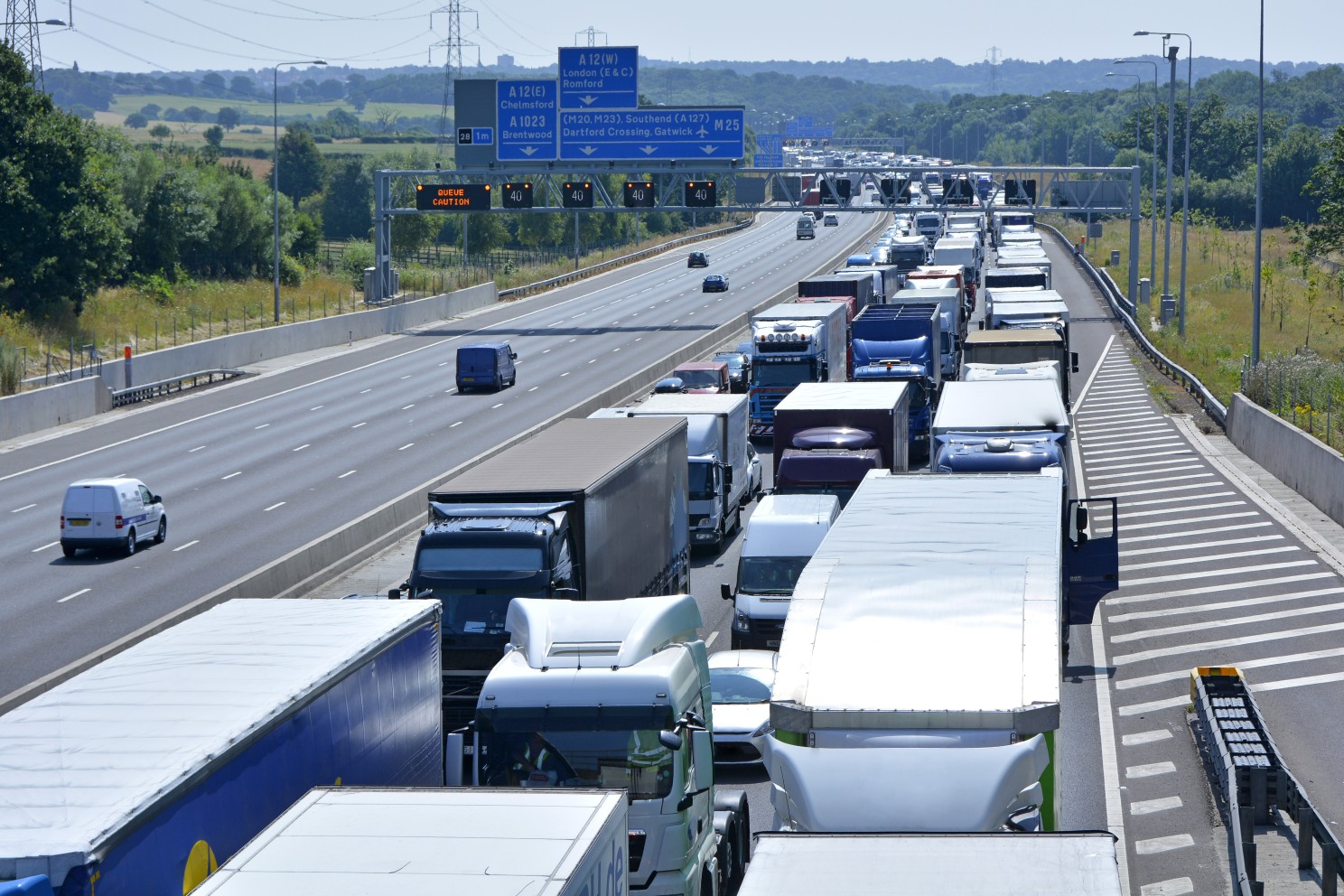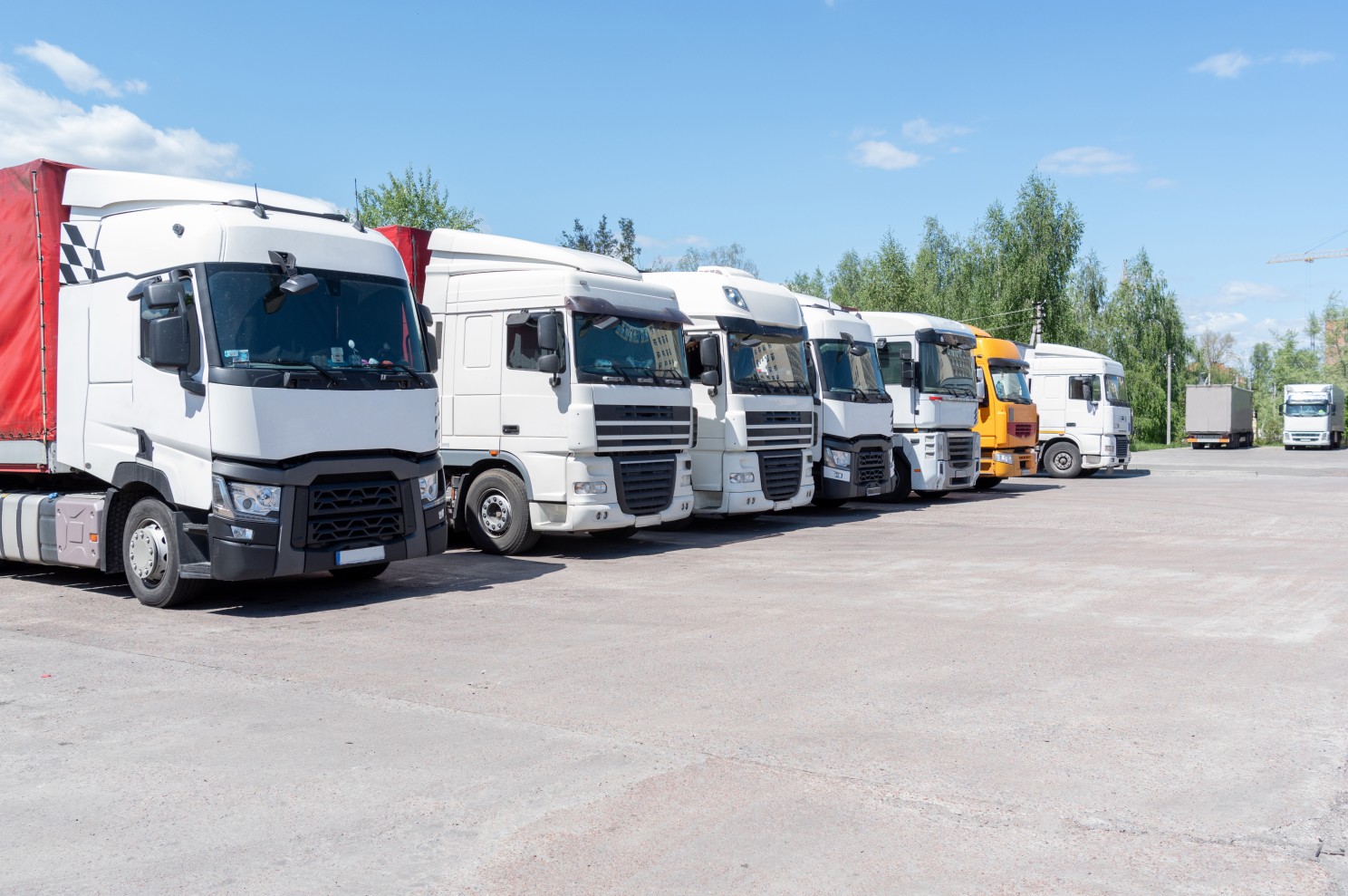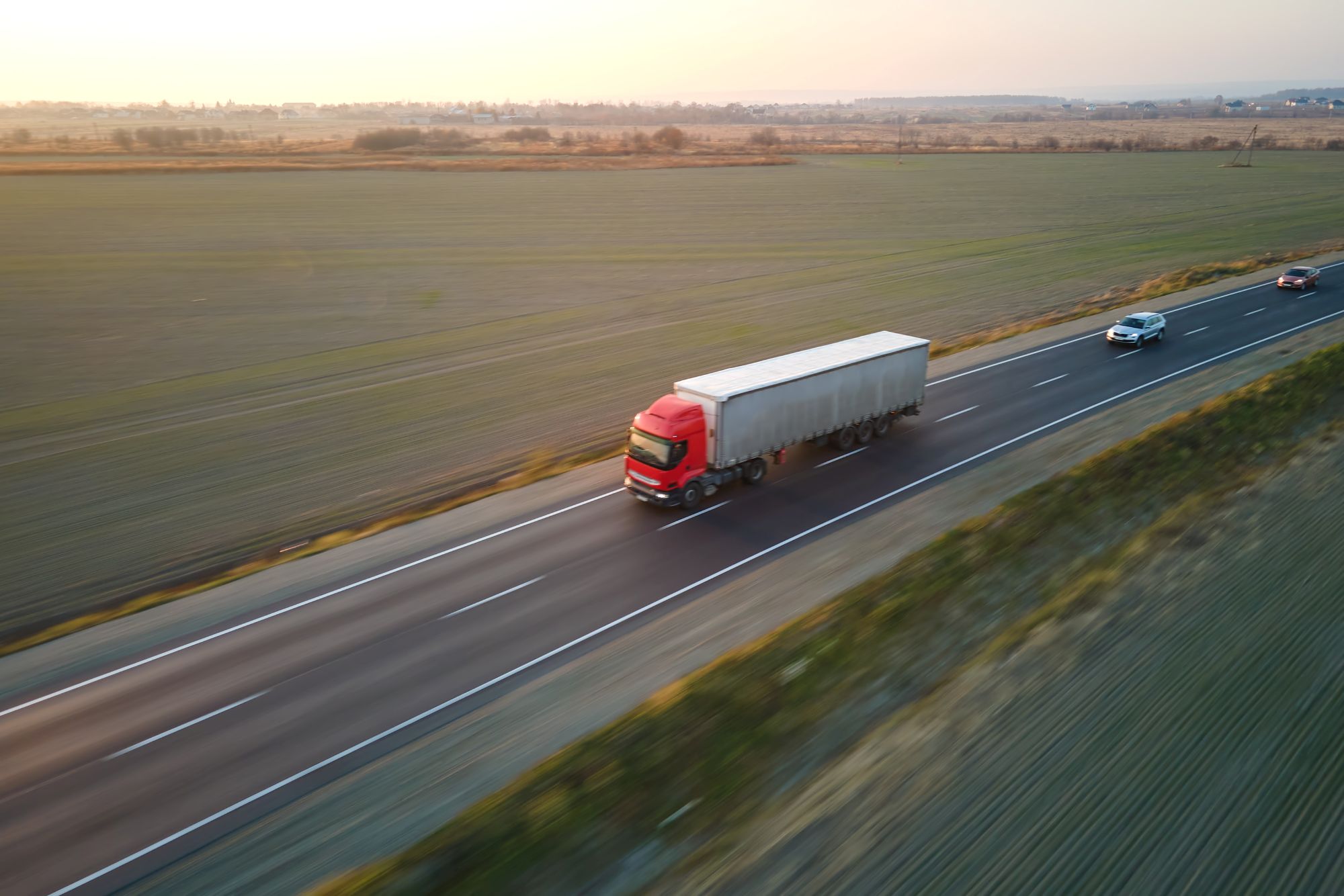
Susie Jones
Network North: Jakie korzyści przyniesie to kierowcom ciężarówek?
Utworzony: 12.08.2024
•
Aktualizacja: 12.08.2024
Na początku października rząd ogłosił plan rezygnacji z HS2 i przekierowania funduszy na poprawę infrastruktury transportowej kraju - projekt znany jako Network North. Projekt ten zapewni 36 miliardów funtów na poprawę głównych dróg, które stały się kością niezgody dla kierowców. Ogłoszenie to zaskoczyło wielu, ale co oznacza dla kierowców ciężarówek, którzy bez końca przemierzają te drogi?
Istniejące programy poprawy stanu dróg
Rząd zwiększy finansowanie większości istniejących dużych sieci drogowych i dużych lokalnych projektów drogowych. Wkład w te programy wzrośnie z 85% do 100%, aby zapewnić ich realizację. Lista programów poprawy dróg jest dostępna na stronie gov.co.uk. Dodatkowe fundusze na te programy poprawią wydajność dróg w całym kraju.
Strategiczne schematy sieci drogowej
Program strategicznej sieci drogowej ma na celu zmniejszenie zatorów i zapewnienie płynniejszych podróży dla osób często korzystających z dróg. Jest to mile widziany postęp dla kierowców ciężarówek, dla których stanie w korkach stało się normą.

Północ
M6 Junction 15 - Jako jeden z najbardziej ruchliwych odcinków dróg w Wielkiej Brytanii, używany przez ponad 127 000 pojazdów dziennie, od dawna cierpi z powodu dużych zatorów i nieprzewidywalnych czasów podróży. Ciasne zakręty na zjeździe okazały się wyzwaniem dla kierowców ciężarówek, powodując wywrotki i zwiększone opóźnienia w ruchu. Obiecane zmiany powinny zmniejszyć zatory i poprawić bezpieczeństwo skrzyżowania.
Dwa projekty dotyczące północno-zachodniego kwadrantu Manchesteru - autostrada M60 jest codziennie uczęszczana przez 180,00 przez osoby dojeżdżające do pracy i kierowców długodystansowych. Projekty Northwest Quadrant będą miały na celu ominięcie J12-J18 i przebudowę skrzyżowań 12, 13 i 14. Inne dodatki, takie jak droga łącząca z autostradą A57 i poprawa przepustowości skrzyżowań dziewiątego, dziesiątego, siedemnastego i osiemnastego, poprawią korki i czas podróży.
A1 między Morpeth i Ellingham - odcinek o długości 12,8 mili był nękany opóźnieniami w rozwoju od czasu jego zaproponowania. Projekt Network North ma jednak na celu rozpoczęcie rozwoju poprzez poszerzenie tego odcinka drogi - poprawiając czas podróży, bezpieczeństwo i odporność.
Midlands
A5 między Hinckley i Tamworth - Chociaż dalsze szczegóły nie zostały jeszcze ujawnione, sugeruje się, że zmniejszenie zatorów będzie ważnym elementem ich planów.
Ulepszenia korytarza A50/A500 między Stoke i Derby - Przy średniej prędkości w godzinach szczytu poniżej 20 km/h, trasa ta okazała się powolna i zawodna dla kierowców ciężarówek i osób dojeżdżających do pracy. Program Network North prawdopodobnie
Wygenerowanie 17 760 nowych miejsc pracy do 2061 r.
Wzrost liczby ludności na tym obszarze o [21 538] (https://www.midlandsconnect.uk/projects/roads/a50a500-corridor/) do 2061 r.
Wzrost WDB (wartości dodanej brutto) o [12,04 mld GBP] (https://www.midlandsconnect.uk/projects/roads/a50a500-corridor/) w ciągu najbliższych 60 lat.
Południowy Wschód
- A2 Brenley Corner - znane jako najbardziej zatłoczone skrzyżowanie w Kent, Network North obiecuje zainwestować w ten obszar - fantastyczna wiadomość dla kierowców ciężarówek podróżujących do Dover. Dalsze szczegóły dotyczące planów rozwoju nie zostały jeszcze ujawnione. Jednak plany poprawy Brenley Corner były omawiane od 2021 roku.
Szkocja
- Usprawnienia na drodze A75 między Gretna i Stranraer - droga A57 pilnie potrzebuje poszerzenia, ponieważ obecnie kierowców ciężarówek obowiązuje ograniczenie prędkości do 40 mil na godzinę, co powoduje korki i duże opóźnienia. Jako kluczowe połączenie promowe między Irlandią Północną a Wielką Brytanią, kierowcy ciężarówek korzystający z tego połączenia odniosą znaczne korzyści z projektu.

Ulepszona infrastruktura drogowa zmniejszy korki, oszczędzając kierowcom ciężarówek cenny czas i wydatki na paliwo, przyczyniając się do skrócenia czasu dostaw. Program Network North ma na celu poprawę życia kierowców ciężarówek i innych użytkowników dróg poprzez zwiększenie bezpieczeństwa i wydajności.
Ile osób zdaje egzamin na prawo jazdy za pierwszym razem?
Według raportu Statista, w latach 2007-2021 średni wskaźnik zdawalności egzaminu praktycznego na prawo jazdy wynosił około 50%. Dane z gov.co.uk pokazują, że w latach 2022-2023 75,9% mężczyzn w Wielkiej Brytanii zdało test LGV w porównaniu do 75,9% kobiet, które zdały.
Czy prowadzenie ciężarówki jest stresujące?
Jak w przypadku każdego zawodu, niektóre aspekty są stresujące. Długie godziny spędzone z dala od bliskich mogą powodować samotność i izolację wśród wielu kierowców. Dodatkowo, prowadzenie ciężarówki to czasami praca pod dużą presją - z napiętymi terminami dostaw i nawigacją w nieprzewidywalnych warunkach pogodowych.



